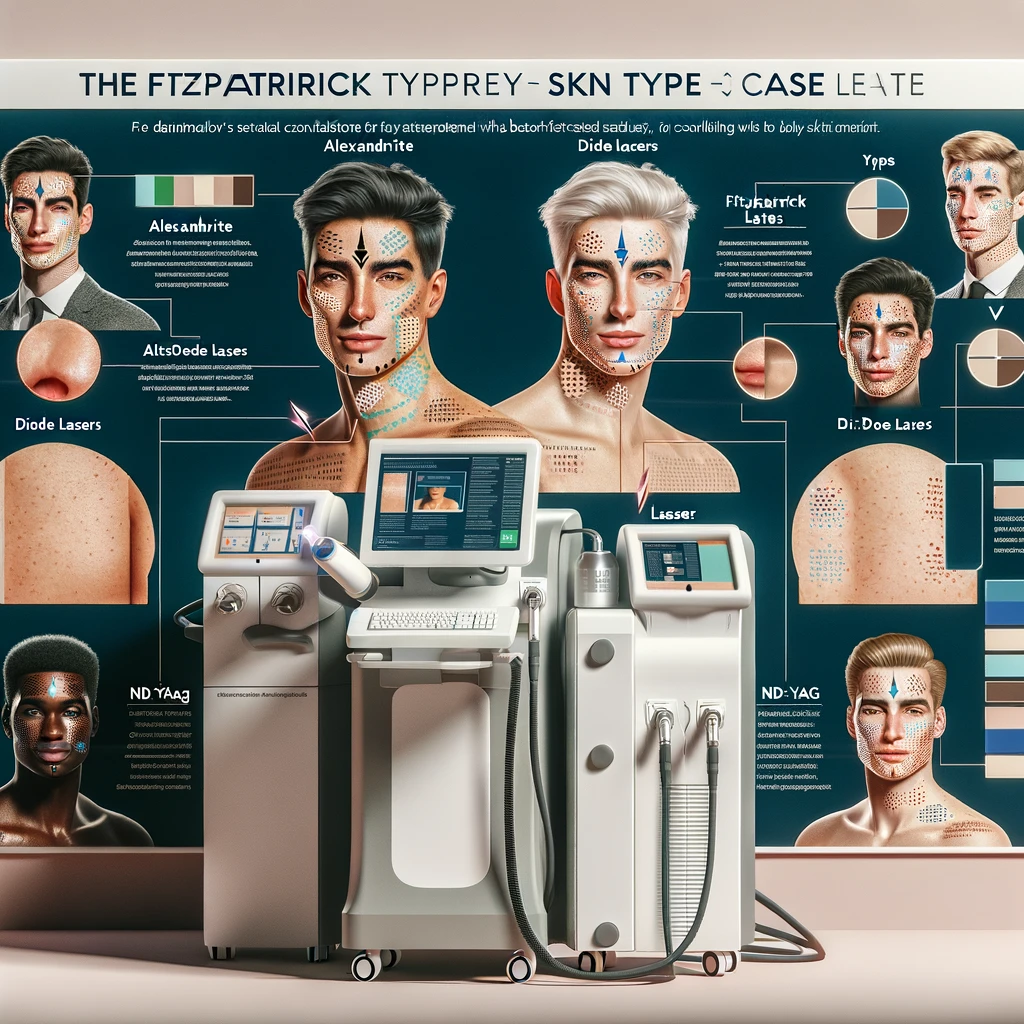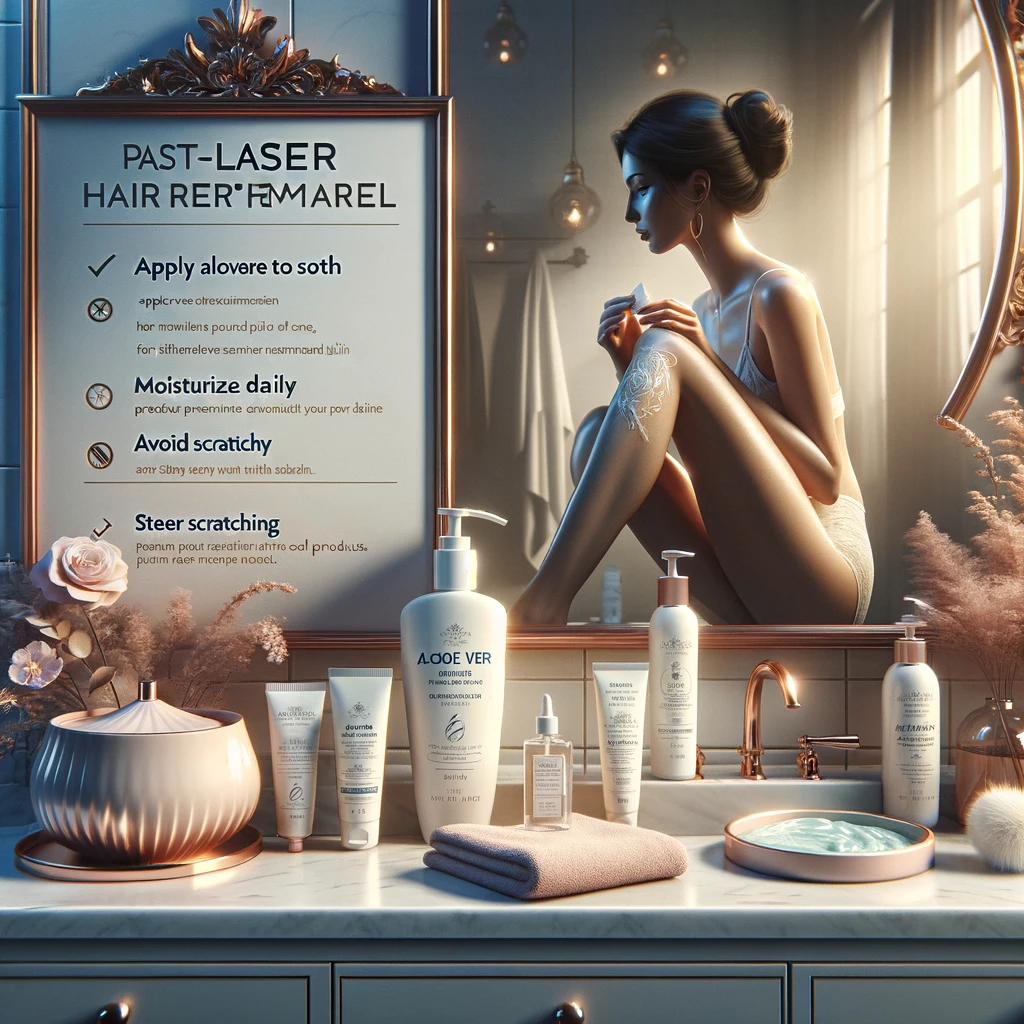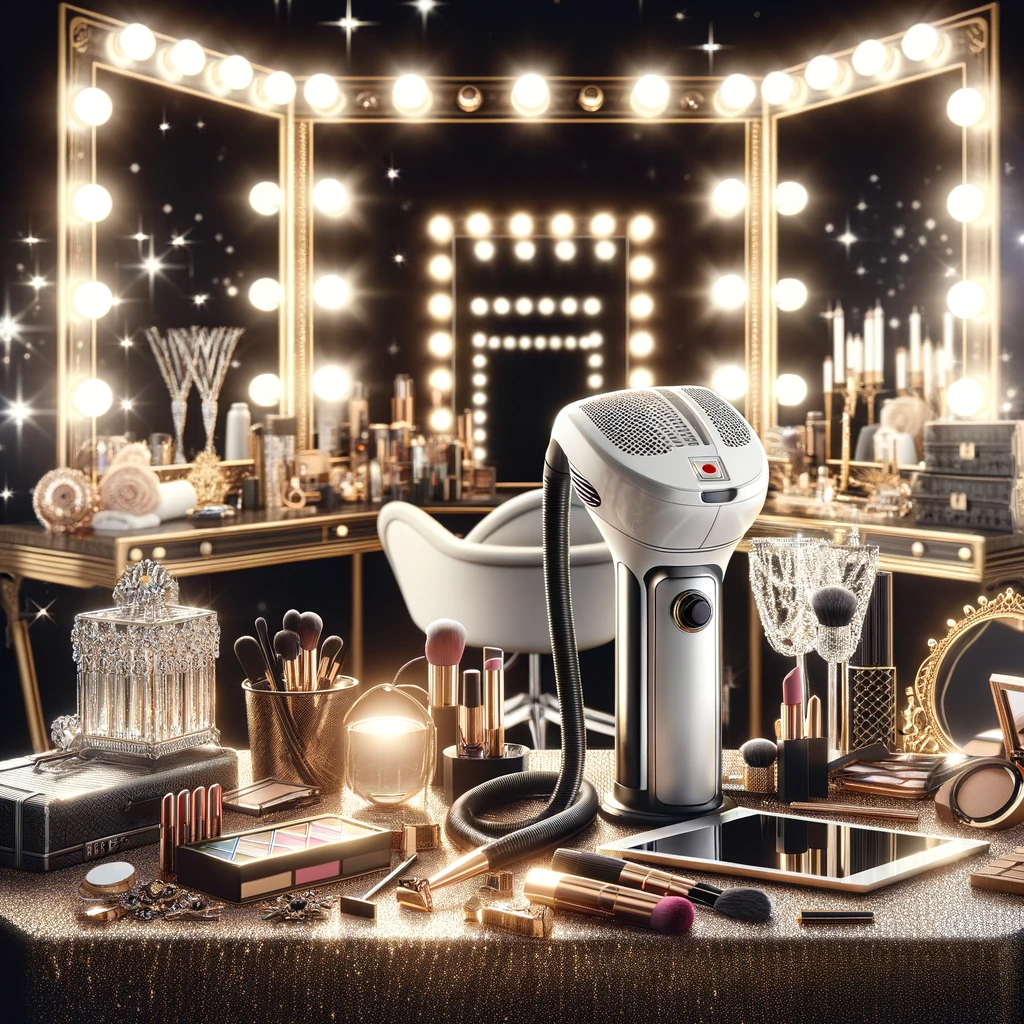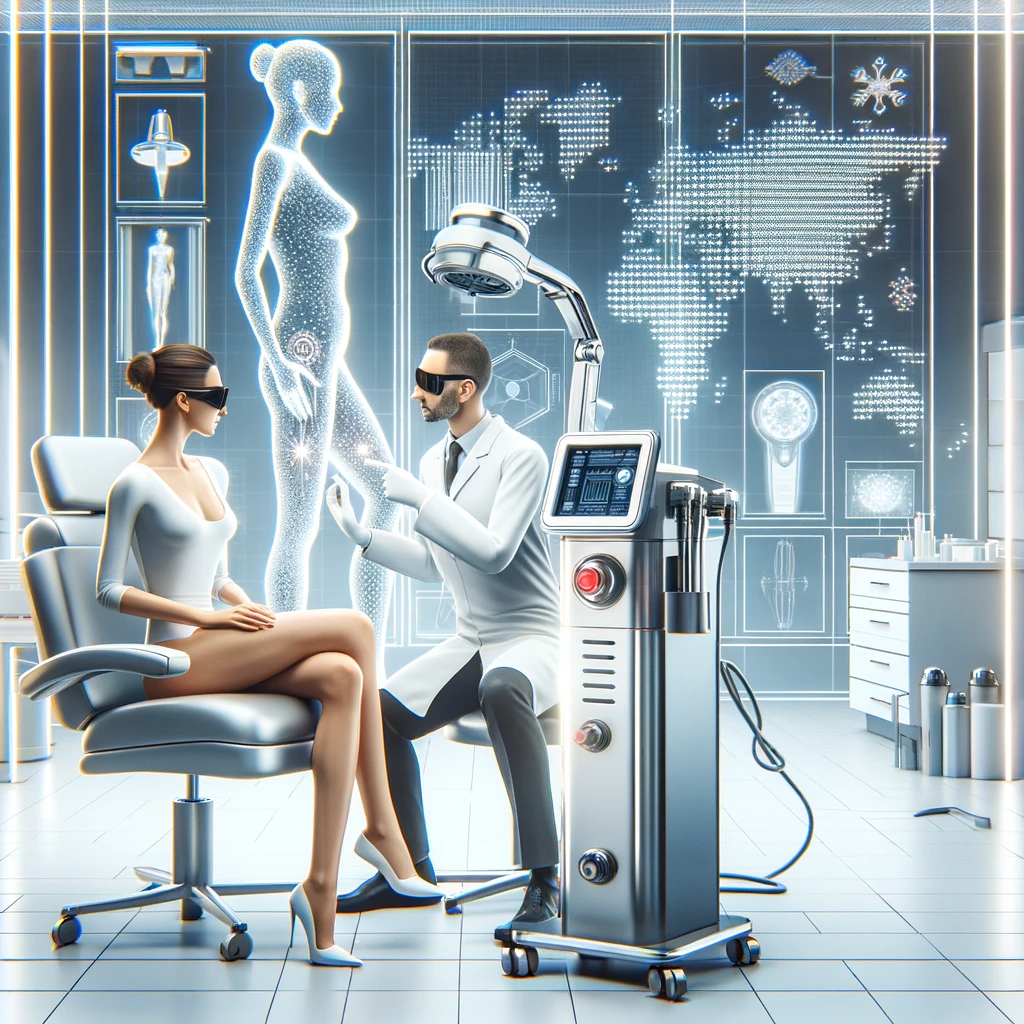“This laser thing sounds amazing! But wait…is it safe for my skin?”
If you’ve ever toyed with the idea of laser treatments, this question has likely popped into your head. Lasers might seem like something out of a sci-fi movie, but they’ve become a mainstay in the world of dermatology and aesthetics. The key to getting those wow-worthy results lies in understanding how your skin type interacts with different kinds of lasers. Let’s dive in!
The Colors of the Skin Rainbow
We aren’t just talking about tanning or sunburns here. Our natural skin tone plays a huge role in how lasers work. The Fitzpatrick Scale is the standard way dermatologists categorize our skin type based on its melanin (pigment) content and how it reacts to the sun:
- Type I: Very fair skin, red or blonde hair, blue eyes. Always burns, never tans.
- Type II: Fair skin, light eyes. Burns easily, tans minimally.
- Type III: Fair to olive skin. Sometimes burns, but gradually tans.
- Type IV: Mediterranean or light brown skin. Tans easily, rarely burns.
- Type V: Brown skin. Rarely burns, tans very easily.
- Type VI: Dark brown or black skin. Never burns, tans very darkly.
Why Skin Type Matters
Lasers work by targeting specific things in your skin called chromophores. The most common chromophores are melanin (that pigment in our skin and hair), hemoglobin (in your blood), and water. Here’s the tricky part: some lasers love melanin. Imagine you’re at the beach in a black t-shirt on a hot day—you’re gonna bake! The laser sees melanin the same way, potentially leading to burns or hyperpigmentation in darker skin tones.
The Laser Lineup: Choosing the Right Tool
Let’s break down some of the most popular lasers and which skin types they play nicely with:
- Alexandrite Lasers (755nm): These guys are fast and cover a large area, perfect for laser hair removal. They’re a good match for lighter skin types (I-III).
- Diode Lasers (810nm): A bit gentler than Alexandrites, they can be used on types I-IV, again, especially for hair removal.
- Nd:YAG Lasers (1064nm): The gold standard for darker skin! Their longer wavelength bypasses surface melanin, going deeper to target hair follicles or blood vessels. They’re heroes for hair removal, spider veins, and some skin rejuvenation in types IV-VI.
- IPL (Intense Pulsed Light): Technically not a laser, but a close cousin. IPL emits a wide range of light wavelengths, making it versatile for skin brightening and treating redness, but less precise than targeted lasers. Good for types I-III.
- Erbium Lasers: Skin resurfacing wizards. They remove very thin layers of skin, improving texture, fine lines, and sun damage. Better for lighter skin (I-III) than darker tones due to higher risk of pigmentation issues.
- CO2 Lasers: The heavy hitters of resurfacing. Fantastic for wrinkles, scars, and deeper textural issues. Suitable for lighter skin types (I-III), and require longer downtime and careful aftercare.
Beyond Just Skin Type
Your Fitzpatrick Type is a starting point, not the final word. Here’s what else matters:
- Tanning: Even if you have lighter skin, a fresh tan means more melanin, and that ups the risk with certain lasers.
- Treatment goal: Are you zapping hair, blood vessels, or sunspots? Different problems require different lasers.
- Laser expertise: An experienced dermatologist knows how to adjust laser settings for your unique skin and will perform thorough patch testing before full treatment.
Safety First: Protecting Your Beautiful Skin
Lasers are powerful tools, so safety is non-negotiable. Here’s how to minimize risks:
- Doctor, not spa: Always choose a board-certified dermatologist or plastic surgeon with extensive laser experience.
- Candid consultation: Be upfront about your skin type, tanning habits, and medical history.
- Spot test alert: Insist on a patch test, even if it’s an extra visit.
- Sun smarts: Avoid tanning before and after treatment, and be a sunscreen superstar at all times!
- Realistic expectations: Lasers do wonders, but they aren’t magic erasers. Manage your expectations for the best results.









Leave a comment